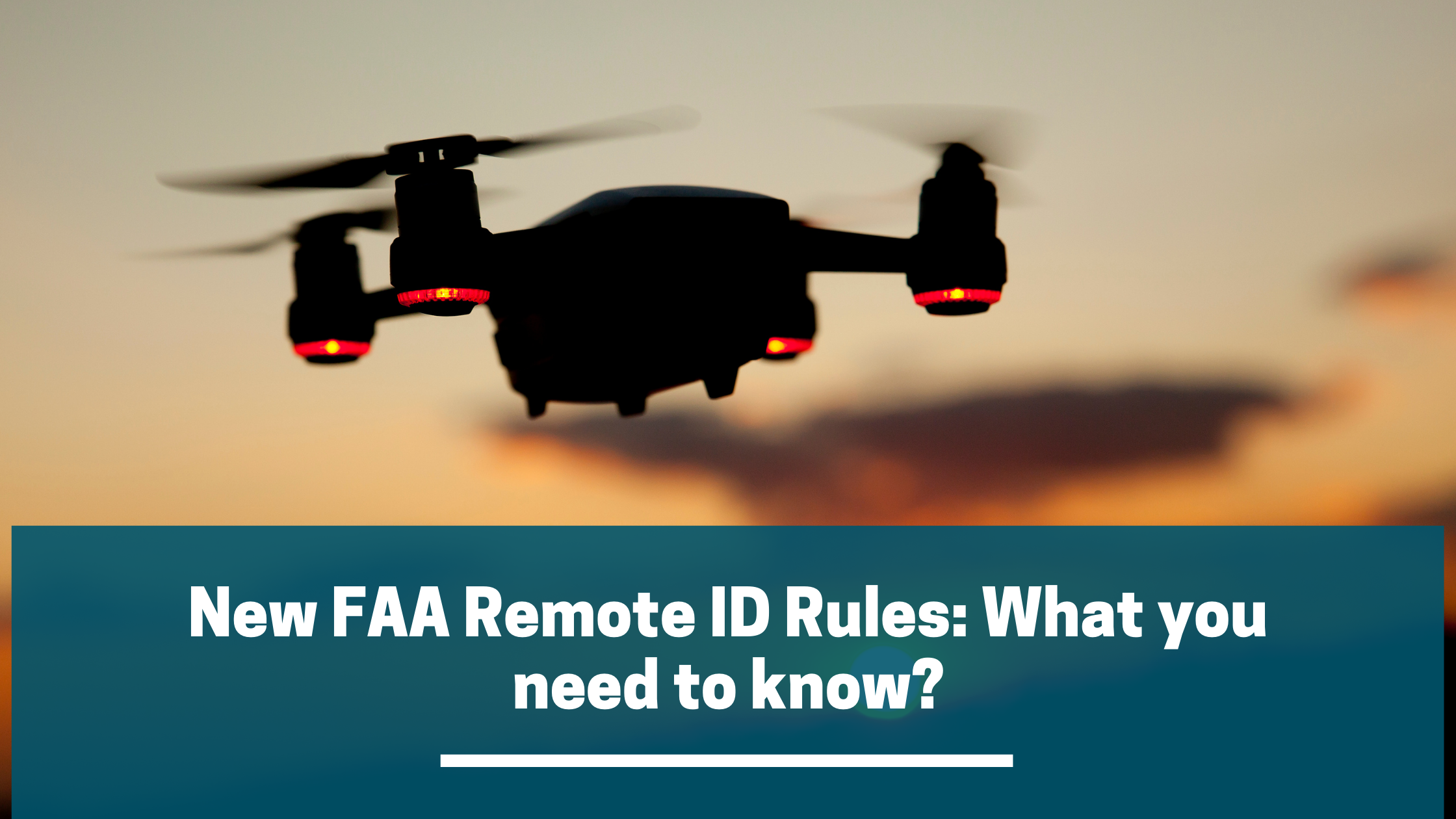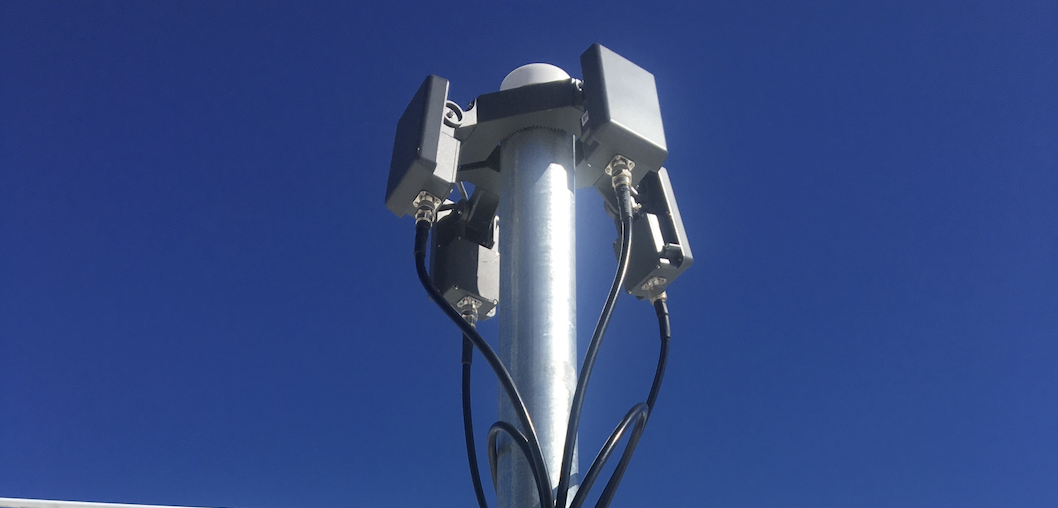It’s been a year since the FAA published the long-anticipated Remote ID rulemaking and asked the public and industry leaders to provide comments. During this year the FAA deliberated and took those suggestions into consideration for the final rule. We at Airsight collected comments from readers and sent every comment to the FAA. Seems the FAA did make changes to the final rule according to many of the suggestions we received.
As we read through the final rule, there are major modifications from the initial rulemaking. One of the biggest being the need for drones to broadcast through cellular transmission. In the initial rulemaking, the FAA proposed that drones will have to connect to the internet before take-off, whether by a SIM card on the drone or through a connected phone/tablet that is running the drone app, and transmit certain required information through a broker (USS provider) to the FAA. Cellular capabilities have been completely omitted in the final rule. The final rules explain the system will work via WiFi or Bluetooth.
Other changes from the proposed rule to final rule:
- UAS operators under the Exception for Limited Recreational Operations may continue to register with the FAA once, rather than registering each aircraft. However each Standard UA or Broadcast Module serial number must also be entered into the registration record for the unmanned aircraft.
- ‘Limited Remote ID UAS’ has been replaced with Remote ID Broadcast Module requirements to enable existing UA to comply.
- Beginning 18 months after the effective date of the rule, FRIA applications may be submitted to the FAA.
- Educational institutions and community-based organizations may apply for FRIAs.
The Remote ID rule (PDF) applies to all operators of drones that require FAA registration. There are three ways to comply with the operational requirements:
- Operate a standard Remote ID drone that broadcasts identification and location information of the drone and control station;
- Operate a drone with a Remote ID broadcast module (may be a separate device attached to the drone), which broadcasts identification, location, and take-off information; or
- Operate a drone without Remote ID but at specific FAA-recognized identification areas.
When will the changes go into effect?
Drone pilots and manufacturers have time before any of this becomes real. If you fly drones for commercial reasons you need to be ready for the changes so it doesn’t negatively impact your income or daily operations. Here’s how the timeline breaks down.
- Remote ID Rule announced December 28, 2020
- Final rule published in Federal Register – sometime in January
- Rule goes into effect: 60 days after January publication
However, the rule itself has a long window before you (and drone manufacturers) have to do anything. Breakdown of timing for different types of Remote ID and operators:
- Standard Remote ID UA for operation in the National Airspace System must comply with the requirements of the rule no later than 60 days + 18 months from publication.
- Remote ID broadcast module must comply 60 days from publication
- Operators must comply 60 days plus 30 months from publication
Here’s the FAA’s executive summary (PDF) on flying over people, and the full text of the Remote ID rule (PDF) so you can read the new rules.











